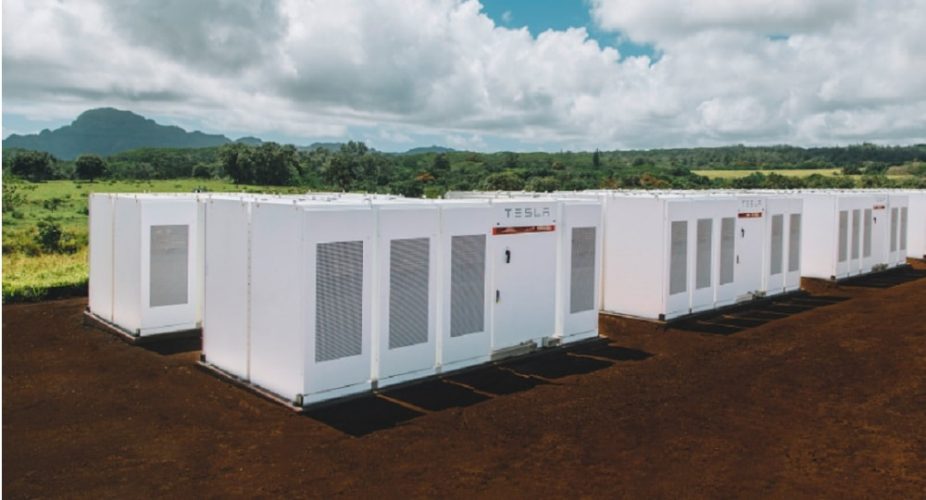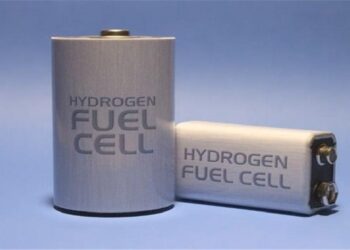Clean tech giant Tesla has delivered its Powerpack battery storage system to a tidal power station off the coast of the Shetland Islands in the UK.
Tesla’s Powerpack can store excess energy generated at the tidal power station, which is operated by Scottish firm Nova Innovation, to be used when the turbines stop producing electricity.
Nova Innovation CEO Simon Forrest said: “By storing the clean energy generated by the natural ebb and flow of the tide, we can control the supply of electricity to the grid to match demand. This creates a consistent source of completely predictable power from a clean, sustainable resource.
“Nova’s expertise in smart grid control, renewable generation and energy storage has delivered this game-changing innovation. We now look forward to expanding our services to other markets and renewable projects.”
The scale of the project, said to create “the world’s first grid-connected ‘baseload’ tidal power station”, has not been confirmed. However, the 600kW tidal system has now been connected to the national grid.
The delivery of Powerpack battery storage system was backed by the Scottish Government, which donated £272,606 in funds to the project.
Scotland’s Energy Minister Paul Wheelhouse commented: “This project will utilise both renewable tidal technology and battery storage from one of the world’s pioneers of battery storage, Tesla, to overcome the challenges of current grid constraints and to enable the improved, uninterrupted, provision of low carbon energy not only in Shetland but in other small island communities across Scotland.
“Crucially, however, by undertaking this work in Scotland, we can also play a key role in helping inform the sustainable decarbonisation of energy for communities across the world.”
Tesla has already deployed its Powerpack battery storage system for several renewable solar and wind projects, but this is the first tidal power station using the technology.
Tesla CTO JB Straubel confirmed the installation of more than 1GWh of energy storage, and said the company hopes to roll out another 1GWh in the next year.
Tidal energy is regarded as much more reliable than solar and wind power, as the tides are more predictable. However, electricity generation at tidal stations is not continuous, hence the need for the Powerpack system.







































